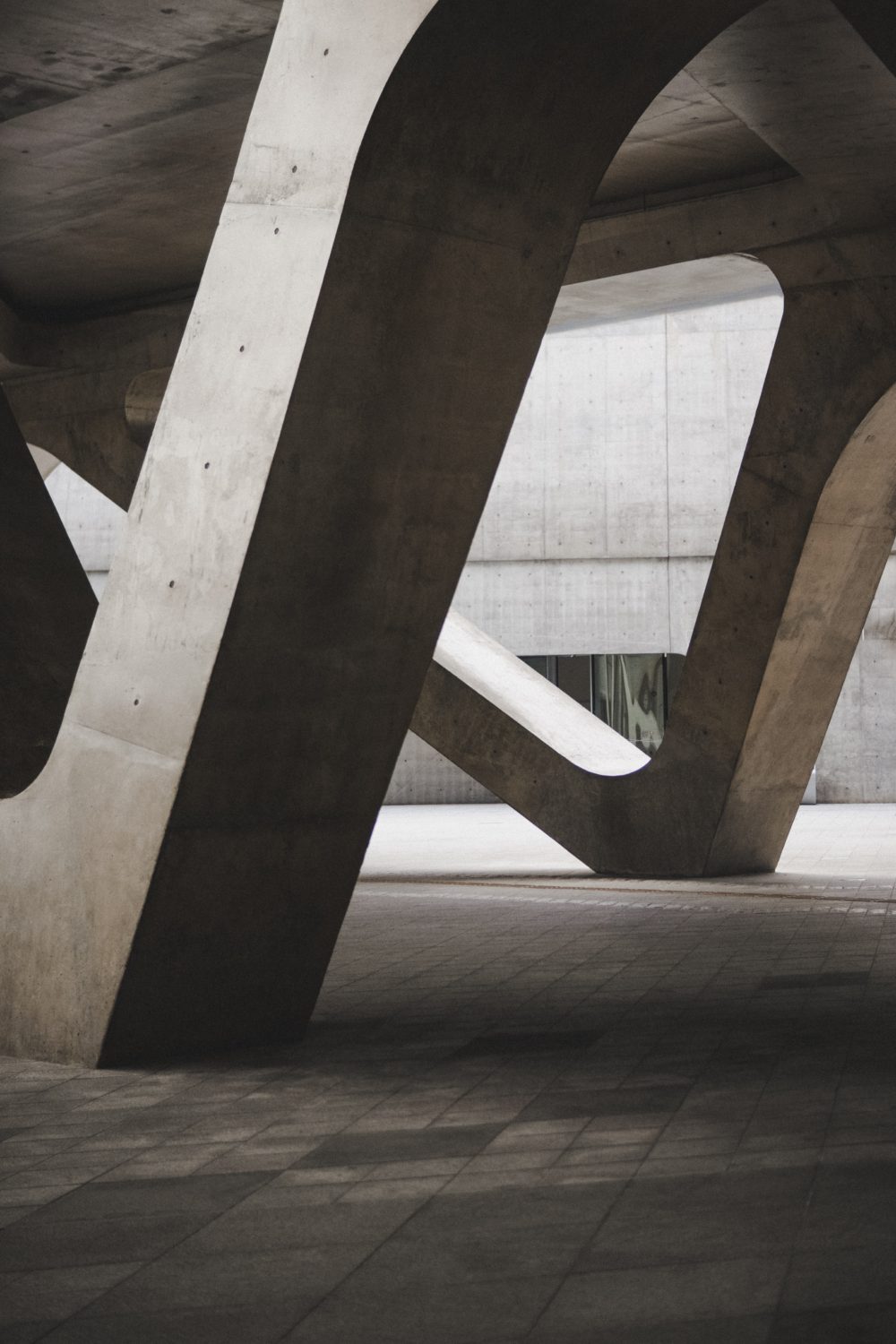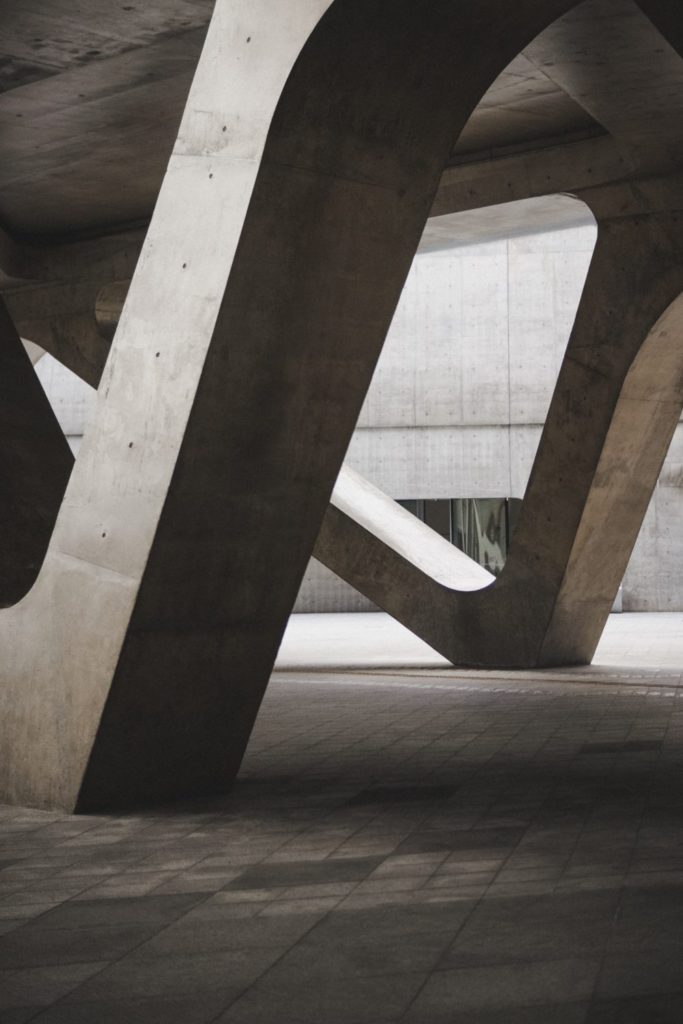Precast Concrete
How did the Precast Industry come about? What is Precast used for? What are the benefits of using Precast? All good questions that we are going to explore today.
It all begins, like many things do, with the Ancient Roman Empire. The Roman aqueducts, culverts, and underground tunnels were all fabricated using an early version of precast manufacturing, in which the Romans would fabricate molds and pour concrete into them to create unique and useful concrete shapes that could be utilized in a variety of different areas.
From these humble beginnings Precast Concrete has spread across the world and is now an integral part of the construction industry. It’s uses range from site amenities like planters, bollards and stair treads (similar to the products we offer) all the way to retaining walls, wastewater management and even entire building structures can be fabricated out of Precast, (think of freeway overpasses).
What are the benefits of using Precast?
Precast is an extremely versatile material that can be reinforced and made to work with a large array of different building materials.
For example, concrete on it’s own has a pretty high comprehensive strength on its own but lacks the raw strength of steel and can be cracked easier. Precast concrete can be poured in combination with rebar carbon steel rods which increases the robustness and overall life span of a concrete product dramatically. And steel isn’t the only material that can be incorporated in precast glass-fiber reinforced concrete is the industry standard today.
Another benefit of precast concrete is that the manufacturing process generate a very little carbon footprint and all products at Empire Precast are made to order, eliminating the waste caused by stocking large quantities of product.




